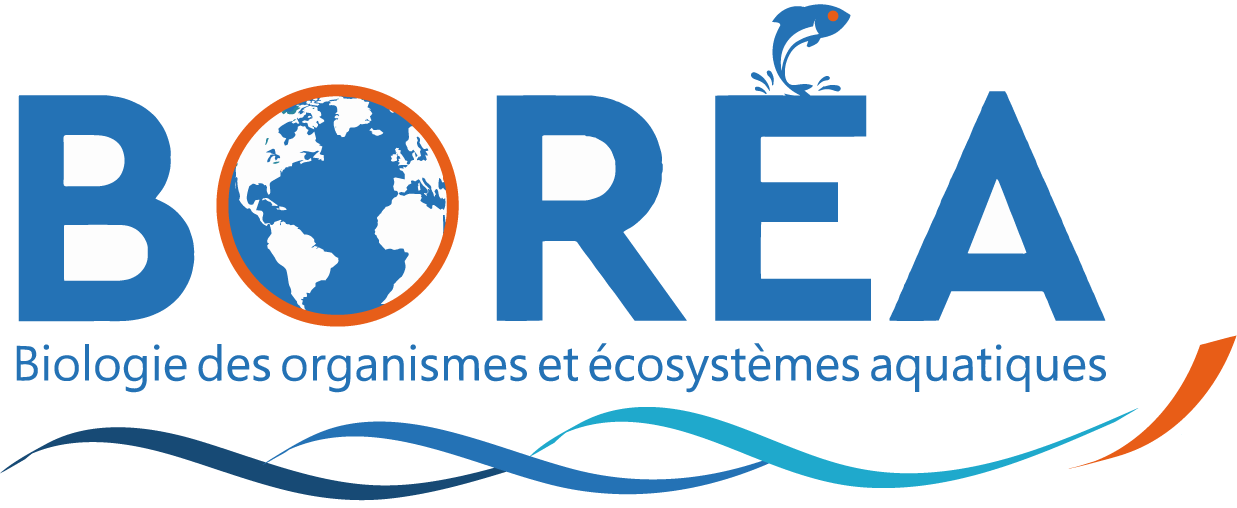Linking individual experiments and multiscale models to simulate physiological perturbations on aquatic food webs
Résumé
Numerous threats affect aquatic ecosystems at different biological organizational levels from individuals to ecosystems. Stresses occurring on the metabolism and physiological functions of individuals can have repercussions on the individual behavior, its ability to survive and reproduce, also known as the individual fitness, which may then influence the demography and spatial distribution of populations, and ultimately modify trophic flows and ecosystem functioning. In a context of a globally changing environment, predicting the life history traits and fitness of individuals can be relevantly performed with the association of laboratory experiments with Dynamic Energy Budget (DEB) theory, while modeling species interactions have proven to be an efficient tool to understand aquatic food webs using mass-balanced models such as linear inverse models (LIMs) or Chance and Necessity (CaN) models. However, while predictive results obtained on individuals can be provided with a thorough mechanistic interpretation, the propagation of the effects is most often limited to the closest biological hierarchical level, i.e., the population, and rarely to the food-web level. Furthermore, there is a need to understand how to avoid misleading approaches and interpretations due to the simplicity of experiments. For the moment, no clear methodology has stood out yet to do so. In this study, we provide a new methodology based on a combination of models (i.e., DEB, LIM, and CaN) aiming at upscaling information from laboratory experiments on individuals to ecosystems to address multiple ecological issues. This framework has a potential to enhance our understanding of higher-scale consequences of the effect of stressors measured at the sub-individual scale. This combination of models was chosen for the convergence of their framework but also their ability to consider a substantial portion of the projected uncertainty. The description of this methodology can help experimenters and modelers to jointly address a specific question involving upscaling from individual to ecosystem, proposes approaches, and gives tips on the pitfalls to avoid along the upscaling process.
| Origine | Fichiers éditeurs autorisés sur une archive ouverte |
|---|---|
| licence |



